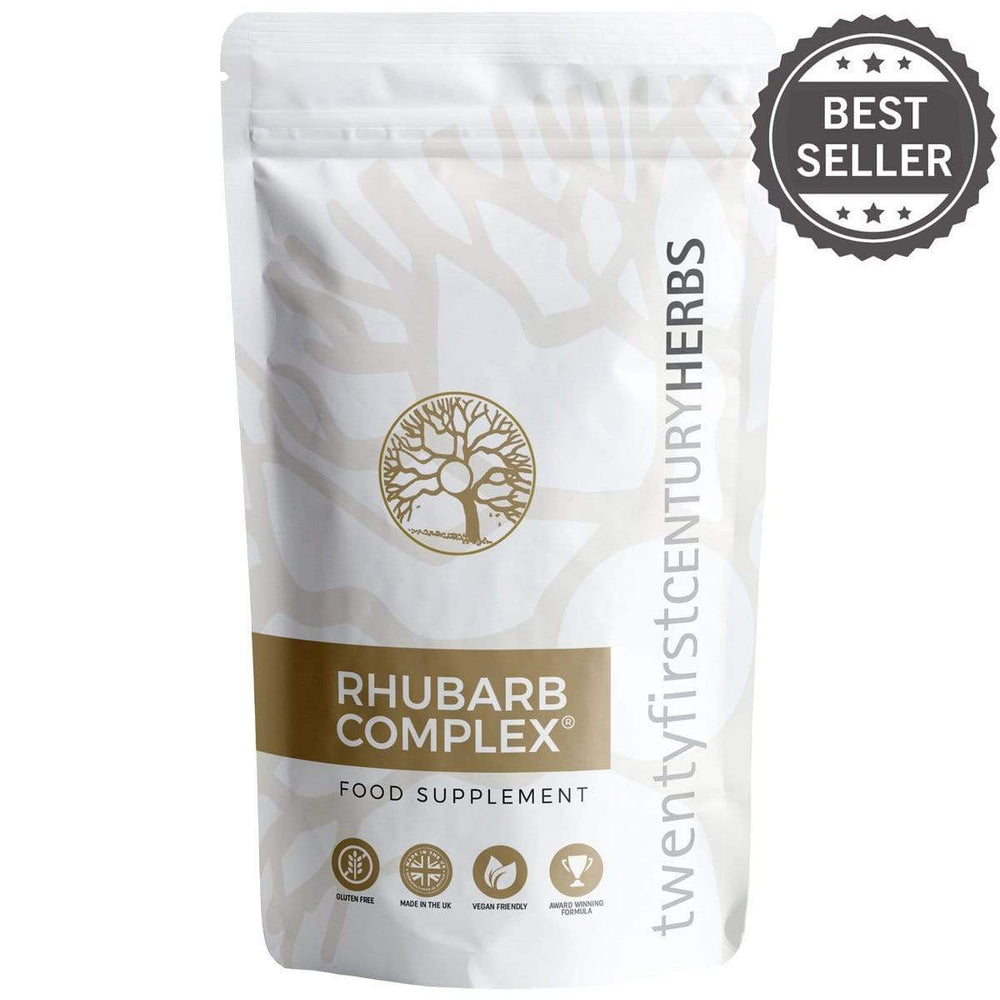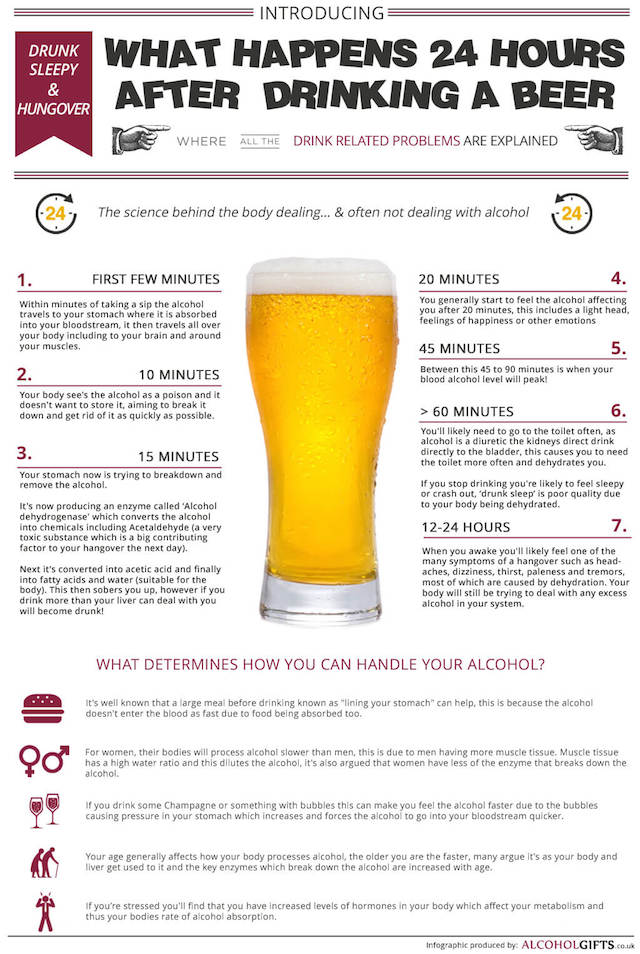
It is not necessary to eliminate salt from your diet. You can still enjoy a variety of delicious foods and low in sodium. It's important to choose the best foods. Here are some examples: canned goods, processed meats, and cheese. You can also opt for low-sodium tomato paste and juice. It will save you time and money to choose low-sodium dairy and meat products.
Among the many foods that are low in sodium are: fresh fruits, vegetables, and whole-grain pasta. Nuts are rich sources of healthy fats as well as protein, fiber and essential vitamins and mineral. Additionally, nuts are high in antioxidants, which help to prevent free radical damage from occurring and reduce the adverse effects of sodium. You can read this article to find out the best ways to cut sodium.
You can avoid the negative effects of sodium by choosing food labels that clearly state its sodium content. For example, look for the "Heart-Check" seal. High sodium levels are a major problem with processed meats. You should avoid them. Check the ingredients and make certain they are labeled with "low sodium" (or "low potassium). If you're unsure, cook with fresh herbs. You can also use celery seed, onion powder and garlic powder.
Try substituting low-sodium processed cheddar cheese to reduce your sodium intake. Try substituting cottage cheese, mozzarella, or buttermilk for these substitutes. You can also substitute table salt with spices and switch canned drinks for homemade juice. Avoid canned foods and roast salted nuts. Avoid these foods as they are high in sodium. It is also a good idea not to rinse canned food with water before you consume them.
Try spreading your sodium around throughout the day to reduce sodium intake. Reduce your sodium intake by eating fruits and vegetables. Avoid high-sodium food. Ask for less salt in restaurants. Custom-made dishes are healthier for you and contain less sodium. Ask for sauces and dressings if you're ordering from a restaurant. Ask for lower-sodium options if you dine out.

When trying to reduce your sodium intake, the first thing you should do is to read the labels of any food that you eat. Always read the label. The label can be read to determine the serving size, the ingredients, as well the sodium content. A product should not contain more 140mg sodium per portion. To make your popcorn more flavorful and to help you adhere to a low-sodium diet, you can add spices. This snack is great for fiber and low-sodium.
It is important to avoid salty food, but you can still eat foods that have low sodium. Whole grains and breads both have high fiber content and are low on sodium. Rice bran, for instance, is a good source of fiber. It also has just 6 mgs of sodium per serving. Whole grain products may contain salt. For example, multigrain bread contains nearly 170 mgs of sodium.
Fresh fruit is a great way to cut down on sodium. Fresh fruits have very low sodium levels and are high in essential vitamins. One milligram is the equivalent of 6% of your daily sodium intake. An example: an apple has about one millionmg of sodium. Greek yogurt has the same sodium content as plain yogurt. However, it contains more protein so it's a good option if you want to watch your sodium intake. It is also a great source of potassium, which is essential for maintaining healthy blood pressure.

Certain foods contain very high levels of sodium. They are nevertheless relatively low when compared with other foods. Although vegetables are rich in fiber and naturally low sodium, they are also high in sodium. A cup of beets, for example, has 84 mgs sodium. Half a cup (or more) of spinach has 63 grams. Other salt-free foods include avocado, green beans (green beans), asparagus, and corn.
FAQ
What does a culinary program cost?
Prices for Culinary School vary depending upon where you go, what program you select, and how long you stay there. Tuition costs range from $10,000 to $30,000. The average student graduates with $20,000 in debt. Some programs offer scholarships, grants, or work-study opportunities.
Is there a difference between a chef and a cook?
A chef is someone who prepares food for others. A cook prepares food for himself or herself. While both jobs involve preparing food, a chef works directly with customers. This means they may have to decide what to serve guests based on their preferences. A cook does not interact with customers. Instead, the cook ensures that the food tastes great before serving it to customers.
Where can I find free online cooking lessons?
Numerous websites offer free cooking lessons. You can search YouTube for videos that teach you how to prepare different meals. Some websites give you access to thousands of recipes. These sites usually require you to pay a monthly fee, but you can try them out for free for 30 days.
How can I cook like a professional?
Cooking can be a great way for you to grow as a person. Being able to cook healthy food is a great skill to improve self-confidence. Begin cooking at your own home if you are looking to improve your culinary skills. Find out what recipes you love first. Next, study books about different foods like Chinese, Mexican and Italian. Finally, practice making different dishes until you feel comfortable doing them.
Statistics
- According to the BLS, chefs earn $58,740 a year. (learnhowtobecome.org)
- In the United States, the category is estimated at $23.2 billion annually and is growing faster than the market. (washingtonpost.com)
- The median pay for a chef or head cook is $53,380 per year or $25.66/hour, according to the U.S. Bureau of Labor Statistics (BLS). (learnhowtobecome.org)
External Links
How To
How to make the perfect omelet
Omelets have always been a favourite food to eat for breakfast. But how do you create them perfectly? I've tried many recipes and different methods but none have worked. I have some tips and tricks to help you make delicious, fluffy omelets every single morning.
Before we start making omelets, let's remember that eggs are temperamental. Eggs must be purchased fresh, preferably organic, and kept chilled until ready for cooking. The yolks and whites will not form properly if they aren't kept cold enough. Your omelets will look strangely colored if this happens. If you intend to cook your eggs immediately, it's best to use room-temperature egg.
Another tip is to separate each egg before adding them to the saucepan. You don't want the white to get mixed with the yolk, as this could cause the egg to curdle.
The egg can burn if it is placed directly on the stovetop. Instead, place the egg in the microwave for 10 second before you put it in the skillet. The microwave heat will cook the egg just right without making it too hot.
Next, let us talk about how to mix the eggs. You want to mix the eggs thoroughly before you add them. You need to turn the bowl of the mixer upside down. Next, shake the bowl vigorously. The egg will be thoroughly mixed in the bowl as the air is whipped.
Now it's time to have fun: pour the milk into the mixture. First, pour half of the milk into the beaten eggs and then fold the eggs gently into the remaining milk. Don't worry if there are still streaks of egg visible; these streaks will disappear once you flip the omelet.
After folding the eggs fold the pan onto medium heat. When the oil starts to hot, wait for the pan to cook. When the oil is hot enough, add 1/4 cup butter to the pan. Stir it around until the butter covers the entire pan. Now carefully crack open the lid of the pan and sprinkle salt into the pan. An additional pinch of salt will prevent the omelet form sticking to your pan.
Once the omelet has formed completely, cover the pan and let it set for a few minutes. Flip the omelet by using a spatula. Cook the other side for another minute or two. Serve immediately after removing the omelet from its pan.
This recipe is best made with whole milk. However, it can also be used with skimmed milk.